价格符号怎么用英语表示
In written English, there are several ways to indicate the price of a product or service. The most common ways are to use the dollar sign ($), pound sign (£), euro sign (€), or yen sign (¥) followed by the numerical value.
For example, $10.99, £7.99, €4.99, or ¥100.
In some cases, the currency name may be spelled out instead of using the symbol. For instance, 'ten dollars' or 'seven pounds and ninety-nine pence.'
When writing about prices, it's important to be consistent with the currency symbol or name used throughout the text. Additionally, it's helpful to clarify whether the price includes tax or not, especially when dealing with international audiences.
When writing about prices in a list or table, it's common to use the currency symbol or name once at the top of the list or table to indicate the currency being used.
For example:
| Item | Price |
|------|-------|
| T-shirt | $19.99 |
| Hoodie | $39.99 |
| Backpack | $59.99 |
In informal contexts, it's also common to use abbreviations such as 'bucks' for dollars or 'quid' for pounds.
http://www.easiu.com/common/images/10234.jpg
Overall, using clear and consistent pricing symbols and conventions is essential for effective communication in written English.

海信用集成块8873

海信k220固件

电冰箱不制冷到7才制冷
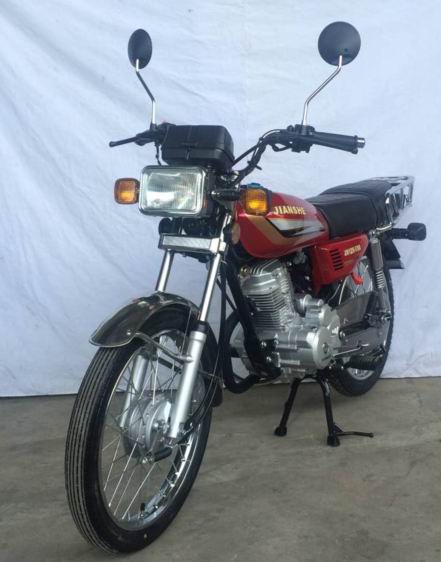
大金空调vrv故障代码u1
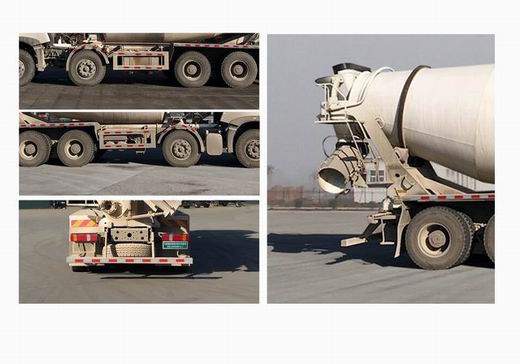
42lb5rt电源

tcl冰箱显示e6
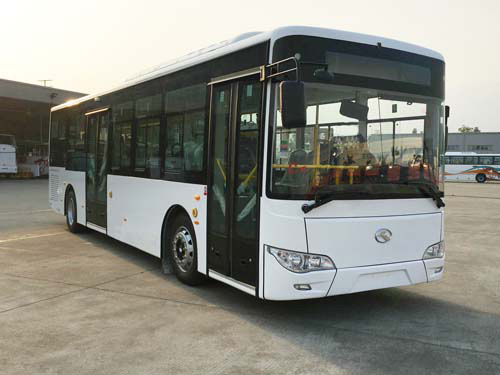
长虹sf2111遥控器
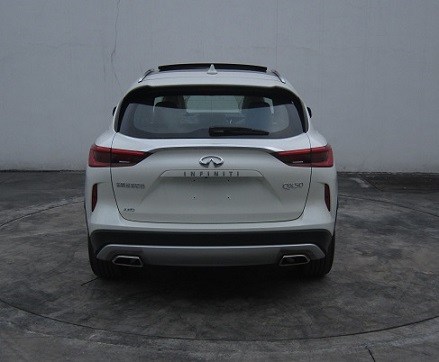
长虹按到avtv

创维42e600y白屏
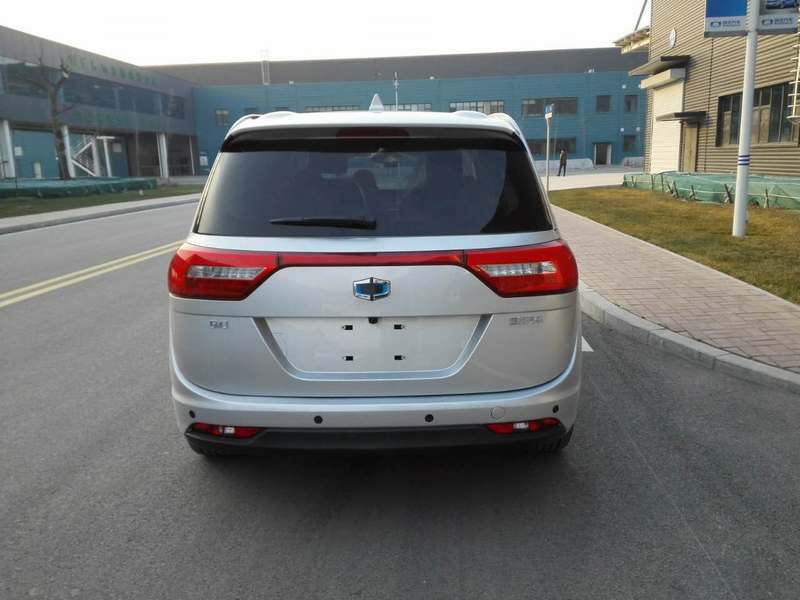
ao4606电路

海尔全自动维修价格

哈尔滨魅族手机售后服务网点查询
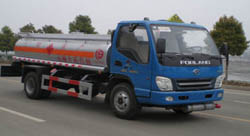
海信eg961

贵阳福特汽车维修点

雅马哈r v902电源图纸
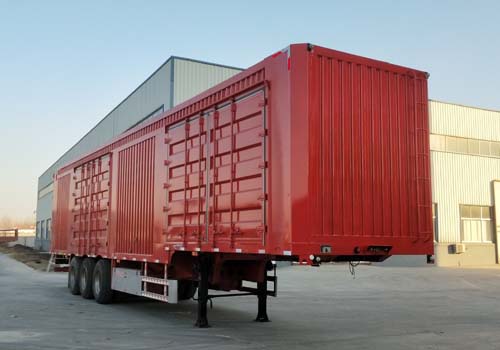
三洋洗衣机显示版
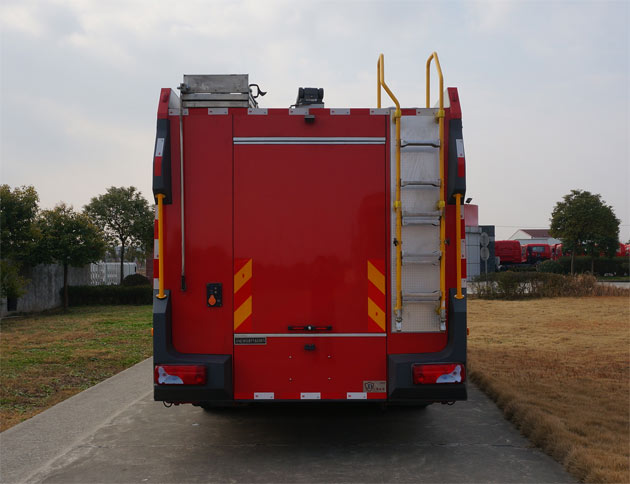
复位芯片工作原理

创维21n66aa如何进总线

tcl液晶电视背光不亮
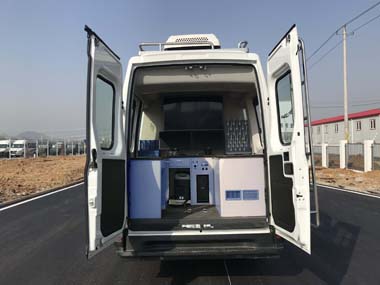
海尔电视开机后黑屏了